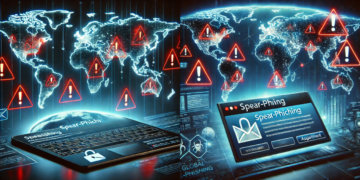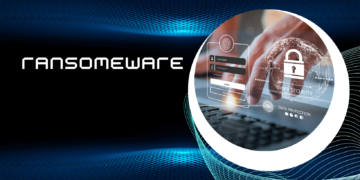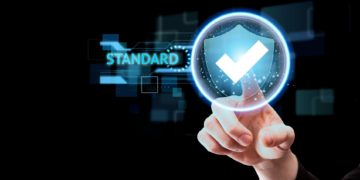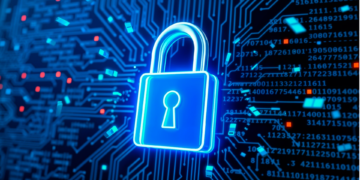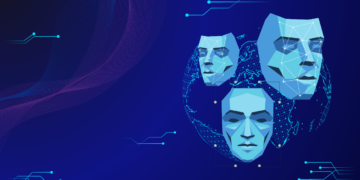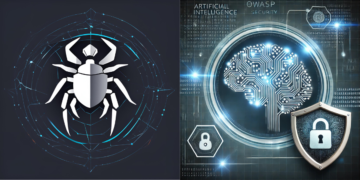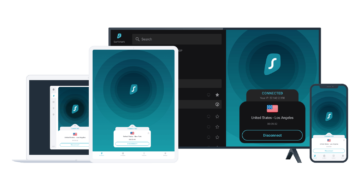Did you know that over 80% of data breaches result from weak or compromised credentials? Identity and Access Management (IAM) is a critical cybersecurity framework that protects your organization from such threats by controlling who has access to your systems and resources. In this guide, we’ll explore IAM, its key components, how it works, and why it’s essential for every organization in today’s digital landscape.
What is Identity and Access Management (IAM)?
IAM refers to the policies, processes, and technologies that ensure the right individuals have the correct level of access to an organization’s resources. It verifies user identities and enforces access permissions based on roles, reducing the risk of unauthorized data breaches. IAM is essential for managing user access in a secure, streamlined, and compliant manner.
Core Components of IAM Systems
Effective IAM solutions rely on four critical components that protect your organization’s sensitive information:
1. Authentication: Verifying User Identity
Authentication ensures users are who they claim to be. Advanced methods such as multi-factor authentication (MFA), biometrics (e.g., facial recognition), and token-based systems enhance security by making it harder for attackers to access accounts.
2. Authorization: Controlling Access Levels
Once authenticated, users are granted access only to the resources they need based on their roles. This prevents unauthorized actions and protects sensitive information from internal and external threats.
3. User Lifecycle Management
This process governs the creation, modification, and deactivation of user accounts. It ensures accurate permissions throughout the employee lifecycle—onboarding, promotions, role changes, and departures.
4. Monitoring and Auditing
IAM systems log user activity to detect suspicious behavior, such as multiple failed login attempts. Proactive monitoring and regular audits help identify and mitigate security risks in real-time.
Why IAM is Crucial for Modern Organizations
IAM is not just a security tool—it’s a strategic investment. Key benefits include:
- Enhanced Security: Protect sensitive data by limiting access to authorized users.
- Regulatory Compliance: Meet data protection regulations in industries like healthcare and finance.
- Operational Efficiency: Automate tasks like password resets and role updates, reducing human error.
- Streamlined User Experience: Simplify logins with single sign-on (SSO) and self-service options.
IAM Best Practices for Cybersecurity Success
To strengthen your IAM strategy, consider these proven practices:
1. Implement Multi-Factor Authentication (MFA)
Require users to verify their identity through an additional layer of security, such as a mobile code or biometric scan.
2. Follow the Principle of Least Privilege
Grant access only as needed for job roles. This minimizes the potential impact of compromised accounts.
3. Use Single Sign-On (SSO) for Convenience
Enable users to access multiple applications with a single login, reducing password fatigue and improving security.
4. Regularly Monitor and Audit Access Logs
Review activity logs frequently to identify anomalies and respond swiftly to threats.
5. Automate User Provisioning and De-provisioning
Leverage automation to adjust access rights immediately when employees join, change roles, or leave.
6. Train Employees on IAM Protocols
Provide regular cybersecurity training to help staff recognize threats, such as phishing, and understand their role in maintaining IAM practices.
Common Challenges in Implementing IAM
While critical, IAM implementation can face obstacles:
- Complex System Integration: Integrating IAM with existing tools and legacy systems can be daunting.
- Balancing Security with Usability: Stricter security controls may inconvenience users.
- High Initial Costs: Advanced IAM solutions require upfront investment but deliver long-term cost savings by preventing breaches.
Conclusion: Building a Resilient IAM Framework
As cyber threats evolve, Identity and Access Management remains a cornerstone of organizational security. By adopting best practices—like MFA, SSO, and regular audits—your organization can safeguard sensitive data, ensure compliance, and enhance operational efficiency.
Pro Tip: Regularly evaluate and update your IAM strategy to align with emerging threats and technologies. For further insights on IAM and its role in cybersecurity, consult reliable resources such as NIST’s Identity and Access Management Guidelines.

